Placemaking Postcards is a blog series from the Bass Center for Transformative Placemaking at Brookings where policymakers and practitioners guest-author promising placemaking efforts from across the U.S. and abroad that foster connected, vibrant, and inclusive communities. In line with the principle tenets of placemaking, the goal of the series is to recognize the community as the expert, highlight voices from the field, and to create a community of learning and practice around transformative placemaking.
 Public spaces have long attracted people experiencing homelessness and those in precarious living situations, as they are open to everyone. Given the absence of sustainable solutions for homelessness in many cities across the country, these are places where people can go when they have no other options.
Public spaces have long attracted people experiencing homelessness and those in precarious living situations, as they are open to everyone. Given the absence of sustainable solutions for homelessness in many cities across the country, these are places where people can go when they have no other options.
Like many other social vulnerabilities, the COVID-19 pandemic is exacerbating homelessness, and public spaces are increasingly becoming homes for people seeking alternatives to the overly crowded shelters, hastily assembled outdoor lots, and poorly maintained motels that cities often offer. Rising homelessness has added urgency to a long-standing imperative: the need to identify strategies that connect people to housing and the social services necessary to thrive.
Cities across the nation can learn lessons from the public spaces that have already infused social service provision and housing-first strategies into their everyday management. One such place is Atlanta’s Woodruff Park, which, since 2018, is one of the few parks nationwide with a dedicated case manager committed to meeting the holistic needs of those experiencing homelessness in public spaces.
Building trust with all public space users
Woodruff Park, located in the heart of downtown Atlanta, has been a key green destination for years. In 2016, Project for Public Spaces, Central Atlanta Progress, and the Atlanta Downtown Improvement District—with support from Southwest Airlines’ Heart of the Community grant program—collaborated on a placemaking and revitalization effort to activate and refresh programming in Woodruff Park. At the time, the area around the park was experiencing a new influx of users, spurred by the nearby opening of a Microsoft Innovation Center and related tech businesses, as well as Georgia State University moving administrative offices to the area. Many expected that placemaking needs and improvements would focus on these new potential users.
However, community engagement efforts quickly revealed some unexpected needs and aspirations. It became clear that Woodruff Park already had a dedicated audience of users who spent much of their day in the park. Many of these regulars were experiencing homelessness, or struggling with precarious, institutionally regimented housing arrangements which required them to spend most of their day outside.
Rather than ignore these users or confront them with hostile tactics and policing (as many parks across the nation do), our placemaking efforts implemented a dual strategy to physically improve the park while strengthening park management to meet a social function.
As a critical first step, we designed and built a multifunctional mobile game cart to not only offer users games, but also information, power outlets, and other amenities to be used by all. The cart is staffed by an attendant meant to be a positive, engaging presence and serve as a “trust agent” who can support park users as they seek and accept assistance. We knew that the trust agent—a concept stemming from social work practice—should not be a figure of authority like a police officer or a park ambassador, but rather someone who is friendly, helpful, and outside of formal systems. Since 2017, attendants have included disadvantaged youth participating in Atlanta’s summer youth employment program, people who recently experienced homelessness or who were previously incarcerated (recruited from First Step Staffing), and work-study students from Georgia State University.
Importantly, we coupled these efforts with the addition of a permanent park manager, who serves as the connective tissue between park users, the trust agent, and the external services needed to meet users’ needs.
Connecting people to systemic, sustainable solutions for homelessness
Woodruff Park’s new trust agent, park manager, and mobile game cart for social activities and physical amenities were only the first steps in building trust with vulnerable users. We knew that the park team would also have to advance more systemic, sustainable solutions as well.
In 2018, Central Atlanta Progress and the Atlanta Downtown Improvement District hired a full-time case manager to integrate social service provision into daily park operations. That case manager, Janika Robinson, came from neighboring social service outreach agency HOPE Atlanta to build relationships with regular park users and connect them to services and permanent housing as part of Atlanta’s citywide “housing-first” strategy.
By meeting people where they are and focusing her efforts in one centralized location, Robinson is advancing a place-based homelessness outreach strategy that allows her to see the same people frequently and build relationships over time. Rather than covering a wide geographic area, this work is place-focused to facilitate the multiple trust-building interactions necessary to ensure that people feel comfortable seeking and accepting help. While time-intensive, the approach is proving successful; since September 2018, Robinson has connected over 100 people to permanent housing.
With the COVID-19 pandemic still roiling, this role has become increasingly critical, as people without homes look to Woodruff Park during the city’s stay-at-home order. Even at the height of the crisis, Robinson continued offering referrals and services, and worked with the park manager to ensure that the park’s restrooms remained open to serve the needs of the people there. She has adjusted her daily operations to address shifting realities, screening users for COVID-19 and gently reminding them to remain six feet apart from each other. Her ability to connect people to services using an iPad and cellphone have taken on added importance, as people seek to avoid crowded shelters and offices that could expose them to COVID-19.
When Woodruff Park integrated social services into park management in 2018, no one could have imagined the significance it would take on during a global pandemic. Now, the model offers a tested, place-based approach that other parks can adopt to address the rising challenge of homelessness amid COVID-19’s public health and economic devastation.
Sustainable support is needed to scale
Sustainable solutions require sustainable support. Woodruff Park’s experiment of integrating social services with public space management was funded through grants—however, the approach’s effectiveness suggests that public agencies could scale the model by supporting social service integration within park budgets.
To do this, cities must recognize the critical role public spaces play for people experiencing homelessness. Then, they must allocate sufficient resources for place-based approaches to social service provision, helping park users secure permanent housing, health care, employment, and other essential services during the pandemic and beyond.
The Brookings Institution is committed to quality, independence, and impact.
We are supported by a diverse array of funders. In line with our values and policies, each Brookings publication represents the sole views of its author(s).
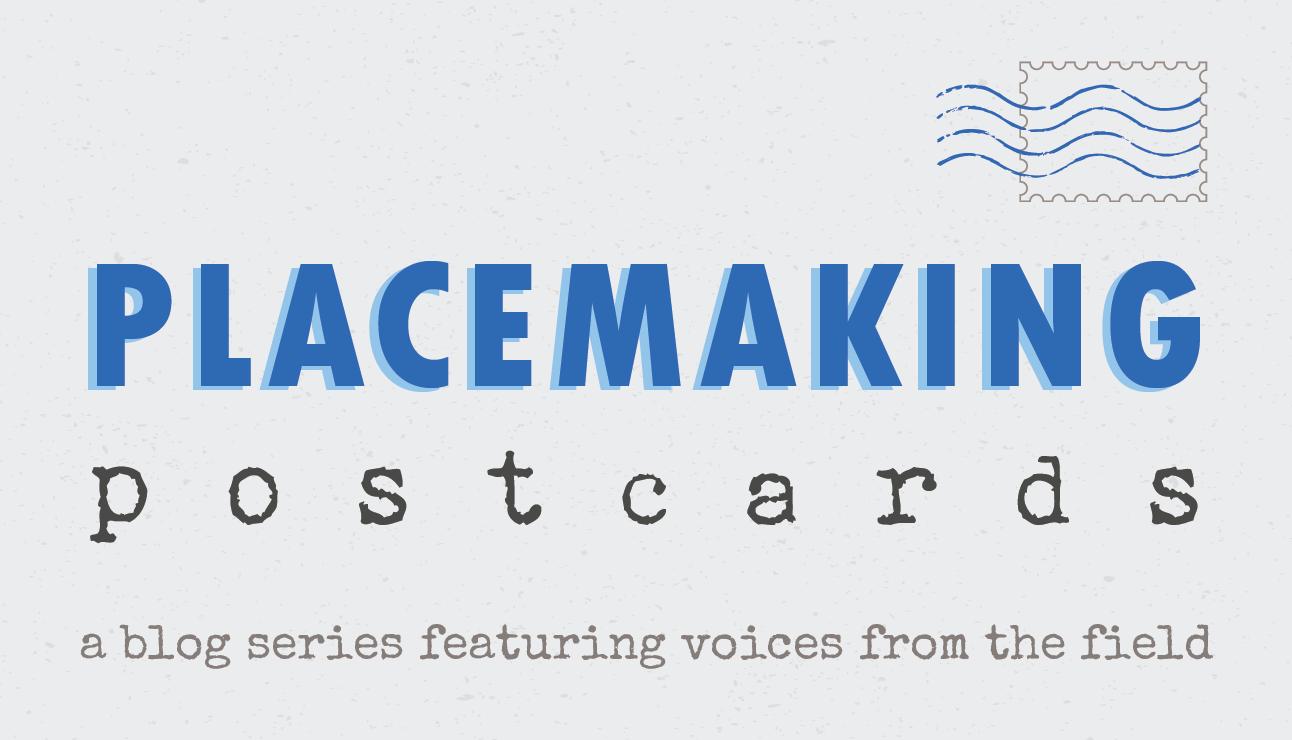
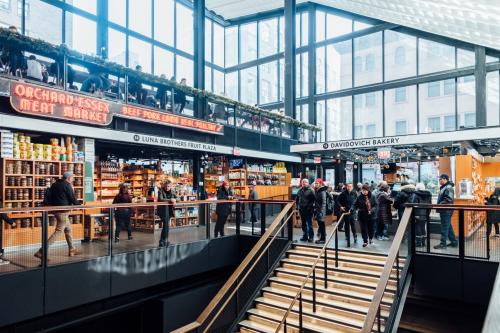
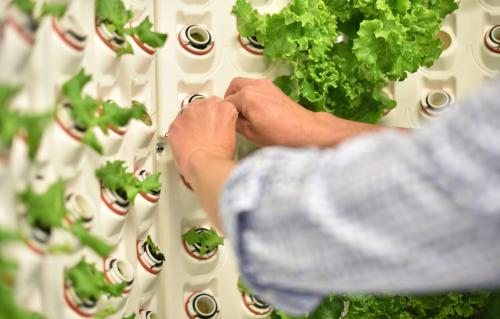
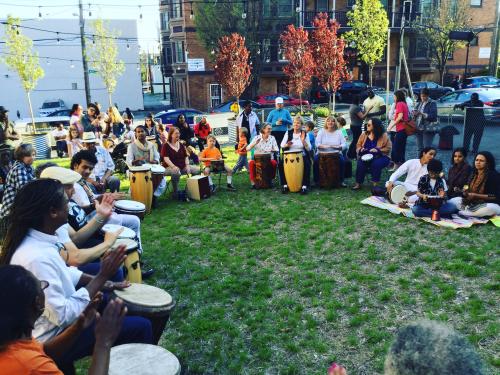
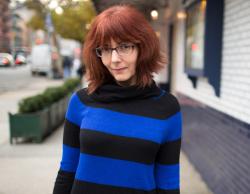



Commentary
How an Atlanta park is connecting people to housing through place-based social service provision
August 26, 2020